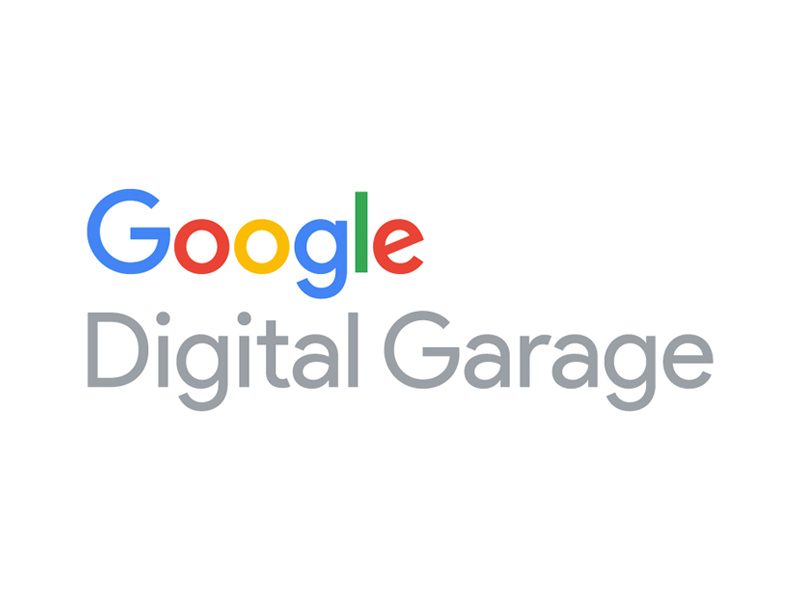In this age of new and emerging technologies meant to improve efficiency and decrease costs, there is much speculation surrounding artificial intelligence being the next big innovation in workplace automation, but what is conversational AI and can it really deliver on these coveted promises?
What is Conversational AI?
Conversational artificial intelligence (AI) refers to a technology whereby chatbots or virtual agents are deployed to interact with the customer as if they’re talking to a real person via chat. The chatbots are supported by large databases, machine learning, and natural language processing to allow the bot to instantly answer a vast amount of queries, continually learn, expand its database and communicate with the user in a somewhat human tone.
Do We Need Conversational AI?
Conversational AI is a hot topic in the marketing sphere. With a multitude of factors contributing to its increasing popularity and capabilities, there is no doubt we will be seeing more of this technology in the near future.
The demand for Conversational AI is evident; the customer demands quick and easy ways to contact companies, with 73% claiming to be frustrated when an organisation doesn’t cater for this. Gartner highlights that the digital natives of Gen Z, born between 1995 and 2009, will be the largest customer base by 2030. Consequently, this cohort’s preferred method of customer-directed automation from the brands they know and love, will be essential for companies who wish to remain competitive by satisfying the very “NOW” nature of this group.
Who is using conversational AI?
So far, AI has proven particularly effective in the Financial Services industry. Norway’s largest bank recently underwent digital transformation whereby they successfully automated 55% of their incoming chat traffic. Their automation handles thousands of enquiries each day, with over 500,000 conversations had since implementation in 2019, saving the company vast amounts of time and money in the process.
Cons of AI chatbots
As with any new technology, AI doesn’t come without its drawbacks. Many have been quick to point out its flaws, stating that most of the current chatbots are inflexible and unable to perform outside their prescribed function. Furthermore, they have a distinct inability to communicate human emotions such as empathy, leading customers to see through the robot interaction and, in some cases, feel a sense of frustration and dissonance, all contributing to a bad user experience.
Another aspect of conversational AI which many do not consider is the importance of brand guidelines and tone of voice. In many cases an AI chatbot can be the first brand touchpoint for the consumer, meaning that first impressions really do count. If the AI chatbot is not communicating in a manner that is coherent with your company’s tone of voice this may result in a poor first impression for the user. Consequently, it is vital to consider this when implementing an AI chatbot solution of your own.
Could Conversational AI Benefit You?
All things considered, there is no doubt that conversational AI is a prominent and necessary tool which we are all seeing much more regularly in our day-to-day web surfing sessions. Its capabilities and necessity are already growing and will surely offer much more in the not too distant future. Chesamel specialises in multiple areas of digital transformation from AI to Cloud technology. We are experts in delivering and managing this change for our clients, and we’d love to provide the solution to your tech dilemmas. Head over to our Digital Transformation page to find out more, or submit your enquiry here.












